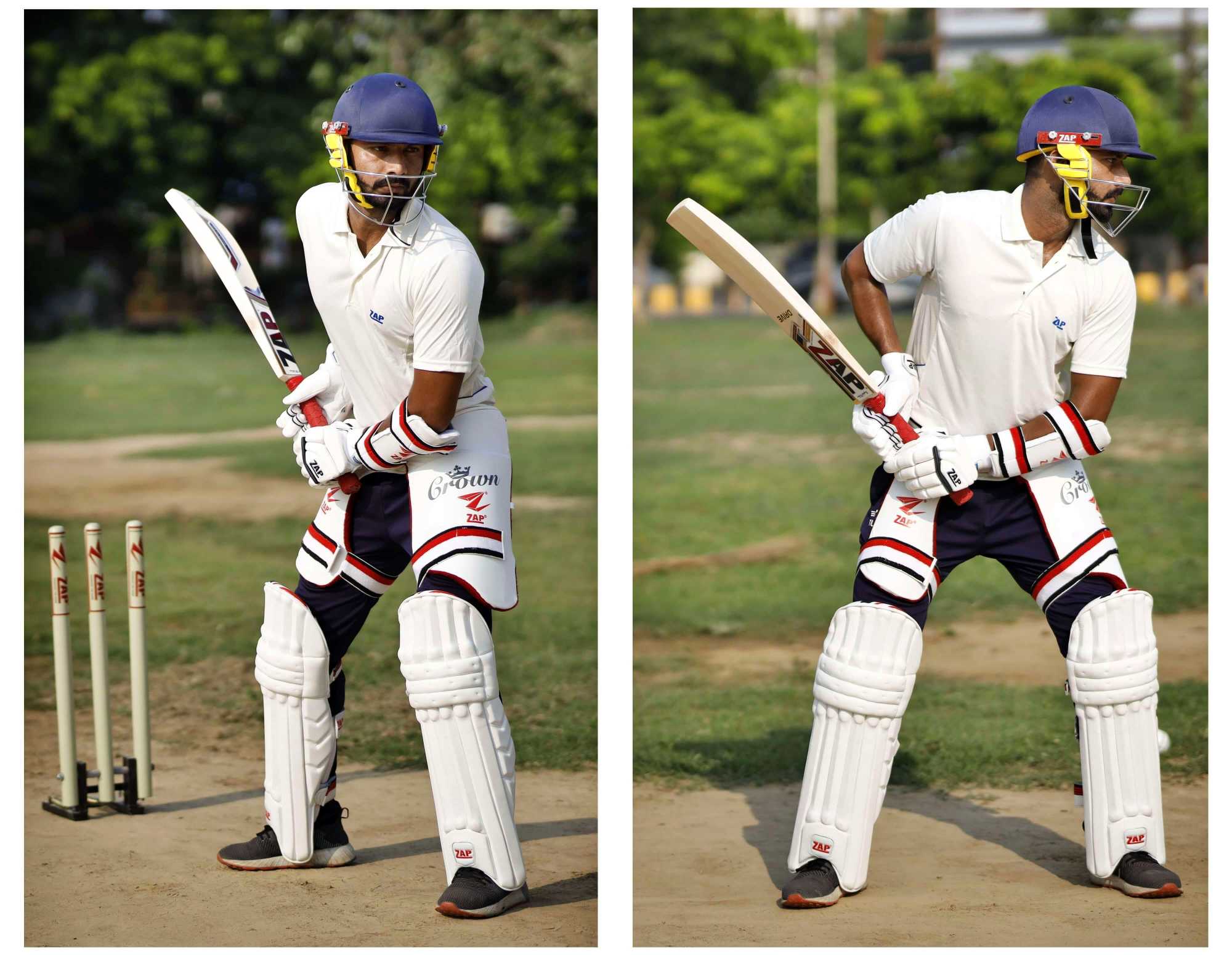
Decoding the Streets: A Deep Dive into Street Style Skateboarding Tricks
Street skateboarding, a vibrant subculture born from the concrete jungles of urban environments, is more than just riding a board; it’s a dance of skill, creativity, and rebellion. Unlike the structured environment of a skatepark, street skating demands adaptability, resourcefulness, and a keen eye for finding the perfect spot to unleash a trick. This article delves into the core elements and intricacies of street style skateboarding tricks, exploring the foundational techniques and some of the more advanced maneuvers that define this thrilling discipline.
The Foundation: Balance, Stance, and Fundamentals
Before even attempting the more complex tricks, mastering the fundamentals is paramount. A solid foundation in balance and stance is the cornerstone of any successful street skater. This involves:
- Comfortable Stance: Finding the right stance – regular (left foot forward) or goofy (right foot forward) – is crucial. Experiment to discover which feels more natural and allows for better control and balance.
- Proper Foot Placement: Your feet should be positioned strategically on the board, usually shoulder-width apart, with your front foot slightly angled towards the nose. Experimenting with foot placement is key to finding what works best for different tricks.
- Balance and Control: This involves maintaining stability while riding at varying speeds, navigating obstacles, and reacting to unexpected situations. Practice riding in various conditions – smooth pavement, rough surfaces, slight inclines – to hone your balance.
- Basic Maneuvers: Mastering the basics, such as pushing, turning, and stopping, is essential before moving on to more advanced techniques. This includes learning different turning styles like ollies, tic-tacs, and shuv-its.
The Gateway Tricks: Ollie, Pop Shove-it, and Heelflip
Once the fundamentals are grasped, aspiring street skaters can progress to the core tricks that form the basis of most street skating lines:
- Ollie: The king of street skateboarding tricks, the ollie is the foundation for almost everything else. It involves popping the tail of the board with your back foot, simultaneously jumping and bringing your front foot up to level the board, and then guiding the board into the air. Mastering height, control, and landing cleanly are crucial aspects of this foundational trick.
- Pop Shove-it: A rotational trick involving popping the tail and sliding your feet along the board to rotate it 180 degrees under your feet. This requires precise timing and a feel for the board’s rotation. Variations include the 360 shove-it and variations with grabs.
- Heelflip: A flip trick where the board rotates 360 degrees around its heel edge. This requires flicking the heel edge of the board upwards with your back foot, while simultaneously jumping and controlling the board’s rotation. This is a challenging trick that requires good board feel and precise flicking technique.
Building on the Foundation: Advanced Street Tricks
With the mastery of these foundational tricks, skaters can venture into a world of advanced maneuvers, each demanding increased skill, precision, and creativity:
- Kickflip: A classic flip trick where the board rotates 360 degrees around its longitudinal axis. This trick requires a precise flick of the front foot and careful control to ensure a clean rotation and landing. Variations include the varial kickflip and the impossible kickflip.
- Frontside and Backside 180: These are rotational tricks where the skater rotates their body and board 180 degrees. The frontside 180 involves rotating forward, while the backside 180 involves rotating backward. These tricks can be combined with other tricks like ollies and grinds.
- Grind Tricks: Grinds involve sliding the board along an obstacle, such as a rail or ledge. Various grind types exist, including 50-50 grinds (both trucks on the obstacle), boardslides (sliding the board sideways), and lipslides (sliding along the edge of the obstacle).
- Manuals: Manuals involve balancing on the back two wheels, often used to transition between tricks or to navigate obstacles. This trick requires exceptional balance and control.
- Nose Manuals: Similar to manuals, but balancing on the front two wheels. This is a significantly more challenging variation.
- Slides: These tricks involve sliding the board along obstacles, often combining rotation and balance. Feebles and lipslides are prime examples.
Integrating Tricks into Lines: The Art of Street Skating
Street skating is not merely about performing individual tricks; it’s about combining them seamlessly into fluid lines that demonstrate creativity and style. A line might involve traversing a series of obstacles, incorporating different tricks, and showcasing the skater’s ability to flow effortlessly from one maneuver to the next.
The Importance of Safety and Respect
Street skating carries inherent risks. Always wear appropriate safety gear, including a helmet, knee pads, and elbow pads. Respect the environment and other people sharing public spaces. Choose appropriate locations for practicing and avoid skating in areas where it’s prohibited or could endanger others.
Beyond the Tricks: Style and Creativity
Street skating is as much about style and expression as it is about technical proficiency. Developing a unique style that incorporates personal flair and creativity is a key aspect of progressing as a street skater. This involves experimenting with different tricks, finding unique spots to skate, and developing a personal aesthetic that sets your skating apart.
The world of street style skateboarding tricks is vast and constantly evolving. This article has only scratched the surface of the many tricks and techniques that define this exhilarating discipline. The journey of a street skater is one of continuous learning, adaptation, and relentless pursuit of self-expression through the medium of the skateboard and the urban landscape. So grab your board, hit the streets, and unleash your creativity. The concrete jungle awaits.



